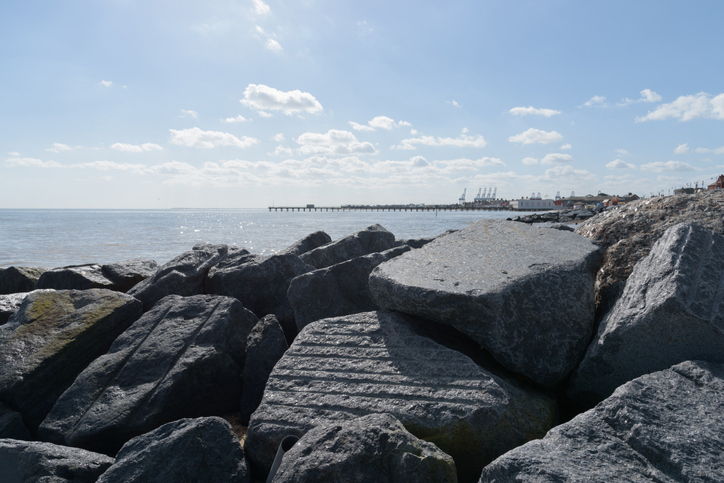Multiple resilience dividends at the community level: A comparative study on disaster risk reduction interventions in different countries

Download
The costs of disasters have been rising in many parts of the world due to an increase in exposed and vulnerable assets as well as the effects of climate change, including changing weather patterns and sea level rise. Investments in disaster risk reduction (DRR) remain insufficient to manage these growing risks. To make DRR investments more attractive, and to shift investments from post-event response and recovery to pre-event resilience, there has been a push to account for the full range of benefits of those investments, including economic, ecological and social ‘resilience dividends’.
However, the concept of ‘multiple resilience dividends’ is not yet widely applied in practice. This paper analyses the knowledge gaps and challenges that arise from applying ‘multiple resilience dividends’ in the planning, implementation and evaluation of disaster risk reduction interventions at the community level.
The authors’ analysis of community-level DRR interventions and five in-depth community case studies, from Vietnam, Nepal, Indonesia, Afghanistan and the UK, reveals a disconnect between the available planning tools and the evidence on materialised multiple resilience dividends. This disconnect poses a key obstacle in successfully applying the concept at the community level. The authors conclude that a structured consideration of multiple dividends of resilience, from the planning to the monitoring stage, is important to secure local buy-in and to ensure that the full range of benefits can materialise.
Key points for decision-makers
- While higher investment in pre-event disaster resilience to reduce disaster risk worldwide is demanded by global agreements such as the Sendai Framework, the largest share of investments currently goes into post-event emergency response and recovery.
- The concept of multiple resilience dividends aims to increase investments in pre-event disaster resilience by focusing on additional economic, social and ecological co-benefits that materialise independently from the occurrence of a disaster. However, there is currently only very limited evidence of ‘on the ground’ applications of this concept.
- The authors use an innovative analytical approach to analyse the obstacles in considering multiple resilience dividends in community-level DRR interventions at different stages in their lifecycle.
- The paper includes in-depth community case studies from Vietnam, Nepal, Indonesia, Afghanistan and the UK as well as an empirical dataset of DRR interventions implemented in 91 communities across eight countries in Asia, Europe and Latin America.
- The authors identify two mutually-influencing challenges: first, a lack of decision-making frameworks that can include and monitor multiple resilience dividends through the entire decision-making process for DRR interventions, resulting in these dividends not being considered in the planning stage due to a lack of quantitative information; and second, a lack of suitable monitoring and evaluation limits the capturing of evidence for the dividends from the DRR intervention.
- The authors propose an integrated decision-making framework that allows stakeholders to systematically include, appraise, implement and evaluate individual resilience dividends at each stage of the decision-making process. This allows for an approach tailored to local needs, ensuring community buy-in.

